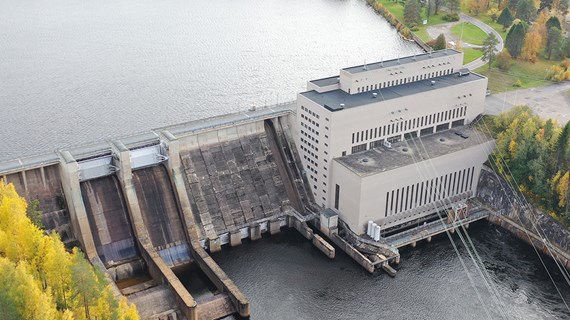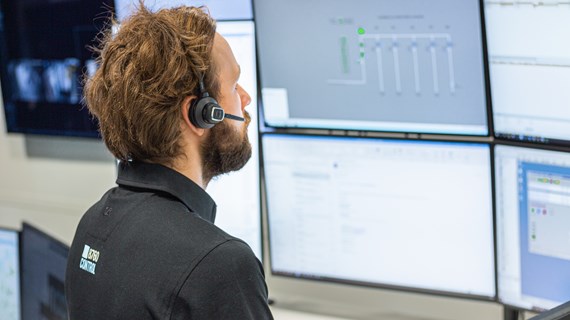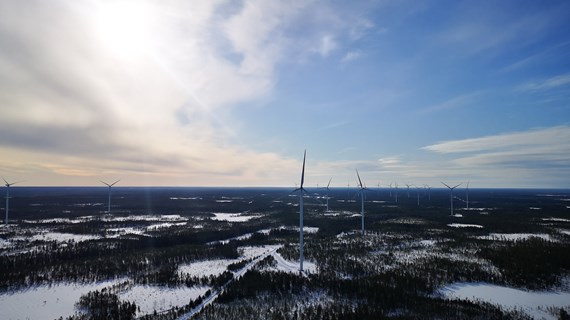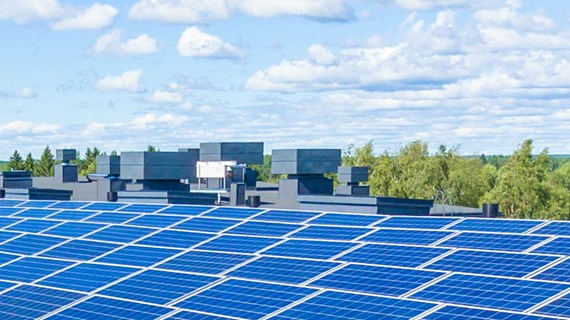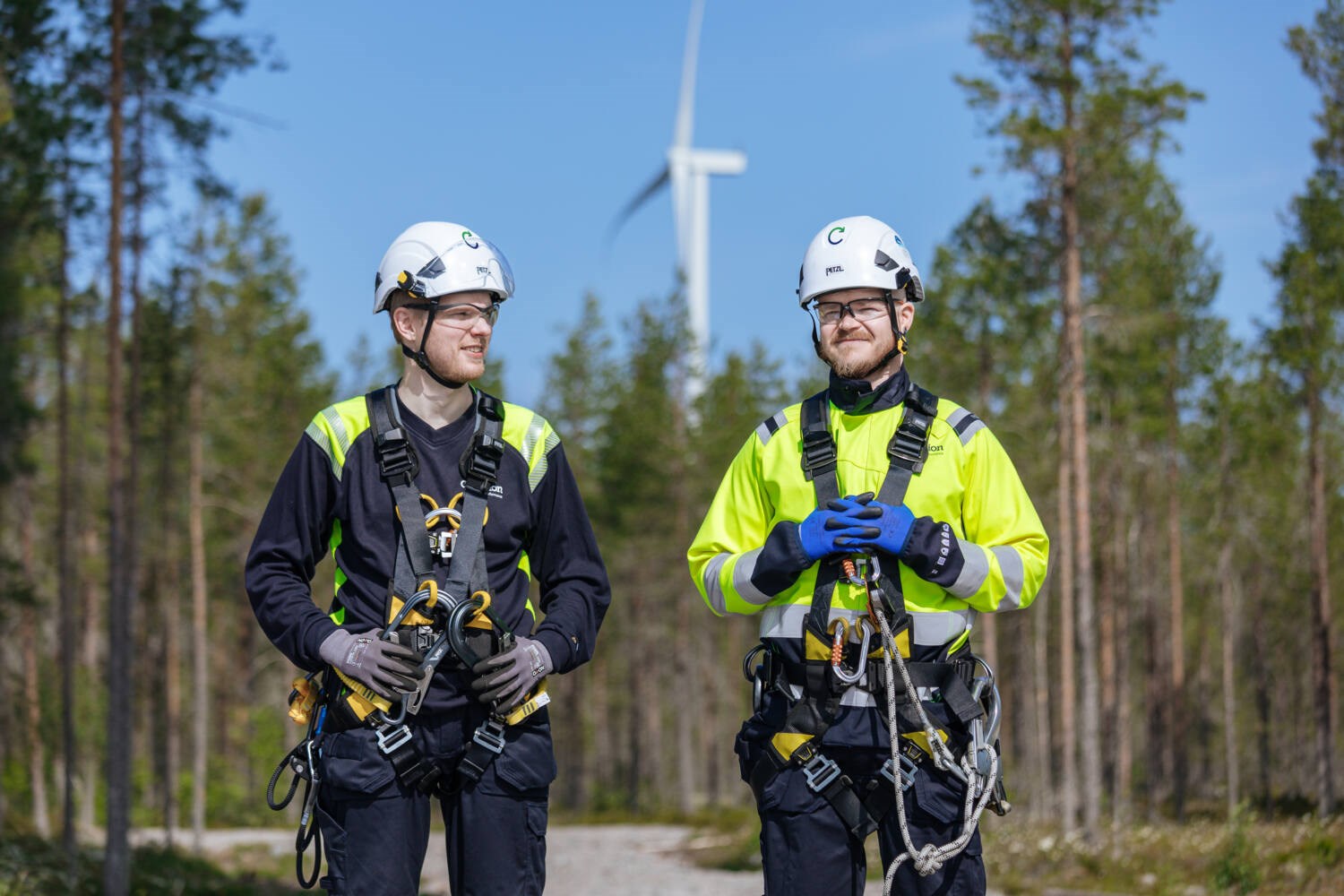
Five critical factors in maintaining the renewable energy power plants
Renewable energy is becoming more and more significant part of energy production. Service and maintenance play a key role in ensuring that power plants produce energy as efficiently as possible. In this blog article, I will introduce five critical factors that will help ensure the continued productivity of wind, solar and hydropower plants.
Proactive maintenance keeps the power plant productive. It ensures that renewable energy production is running just when it is needed. At the same time, the longest and most efficient service life of the power plant is ensured.
1. Schedule maintenance correctly
Weather conditions have a significant impact on the productivity of renewable energy power plants. For example, wind turbines must be in full operating condition when the production conditions are at their best.
Thus, the maintenance of the power plants must be scheduled for quiet moments in production. This requires the maintenance team to be agile and responsive, as predicting the weather far ahead is challenging.
The service and maintenance unit should also be located as close to the power plant as possible so that maintenance is not delayed due to long distances.
Unlike industrial plants, maintenance of renewable energy power plants cannot be planned too far into the future. Effective maintenance requires understanding and anticipating weather conditions.
2. Know the market and adapt to changes
The electricity market is constantly flexible – this is how daily production and consumption can be kept in balance. It is also important for maintenance teams to know how the market works, as the dynamics of power generation, consumption and distribution directly affect the maintenance and service schedules.
Hydropower has long been used as a regulating power, but nowadays wind power is also involved in the regulating energy market. If necessary, the production of wind power can be adjusted downwards, which requires flexible maintenance and service strategies.
At Caverion, we are constantly developing solutions that enable wind farms to participate in the reserve market. Our 24/7 operation centre monitors the state of the plants and the market.
Cooperation between the maintenance operator and the plant owner is also crucial. The owner must be able to trust that the maintenance will work in accordance with their interests. This requires openness and constant dialogue – as well as the necessary data.
3. Take climate-friendliness into account
The carbon neutrality of renewable energy is best achieved by minimising also the CO2 emissions of maintenance. Remote plant management enables remote control and analysis of fault situations. This reduces the need to travel to the plant itself and at the same time saves costs.
When the power plant needs to be visited, it is good to travel as climate-friendly as possible. Therefore, the maintenance team should be located near the power plant and use electric cars, for example, to move around.
4. Ensure work safety
Wind, solar and hydropower are generally very safe means of generating energy. However, especially in wind power, working conditions can be risky, as some maintenance work is carried out at very high altitude.
Performing the work also requires legal certificates from the maintenance partner. In addition, the partner must have clear processes for the continuous development of safety, so that possible safety challenges can be anticipated and lessons learned from past incidents.
5. Extend the life-cycle of the plant through regular inspections
The production plant must undergo at least statutory inspections, even if it is operating normally. Generally, production and safety should be ensured by means of other regular inspections.
With the help of regular inspections and condition monitoring,possible corrective actions can be taken in time before major damage can occur. This ensures that the power plant is not inactive at critical moments.
Extensive expertise, flexibility and continuous development – required for the maintenance and servicing of renewable energy power plants. This is also what we at Caverion believe in – our long experience and wide range of services make us a reliable partner.
Contact us if you want to hear more about renewable energy plant maintenance!
This blog article was originally published in Finnish on caverion.fi/blogi, some edits have been made into this translation.
